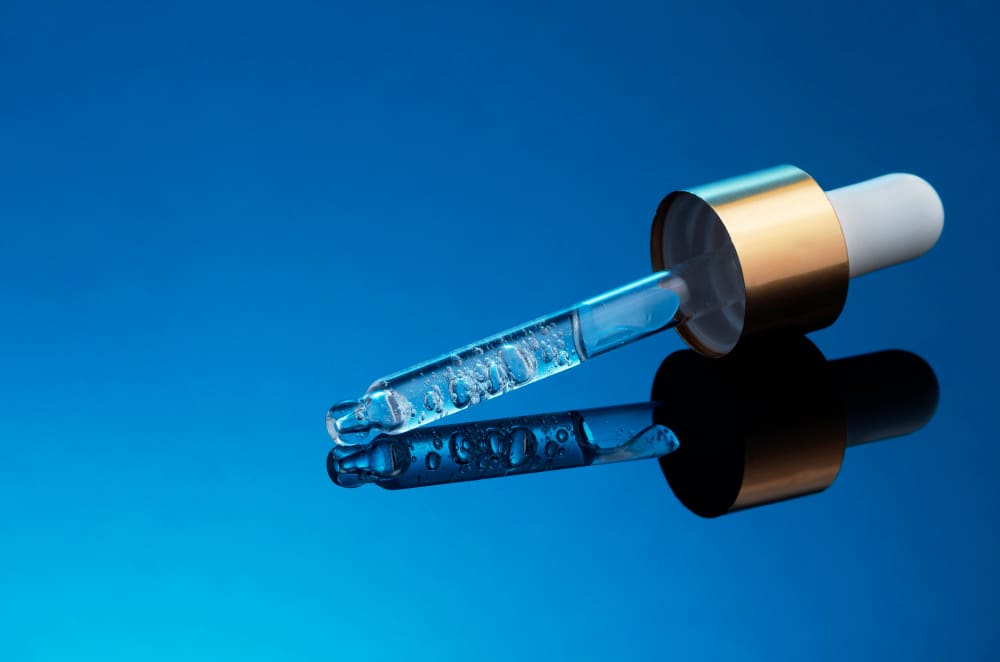
Embracing youthfulness in the face of aging is a journey many embark on, seeking ways to defy the natural process of time. Thankfully, there are actionable steps individuals can take to delay and combat the emergence of wrinkles and creases.
Two fundamental strategies include diligent skincare and sun protection. By nurturing and shielding the skin from harmful UV rays, individuals can significantly minimize the formation of wrinkles. Yet, for those seeking more advanced solutions, cosmetic procedures like chemical peels and rejuvenating face masks offer promising alternatives.
Chemical peels stand as a professional-grade solution for correcting wrinkles and rejuvenating the skin. Employing a potent acidic solution containing ingredients like alpha hydroxyl acid, trichloroacetic acid (TCA), or phenol, these peels effectively strip away the damaged outer layer of skin.
The result? A fresher, more radiant complexion with diminished blemishes, improved pigmentation, and smoothed-out superficial wrinkles.
Surprisingly, chemical peels boast a rich history dating back to ancient civilizations like the Egyptians, Greeks, and Romans. Today, these time-tested treatments continue to deliver immediate, visible results, standing as a testament to their enduring efficacy in the pursuit of ageless beauty.

Chemical peels, ranging from mild to medium strength, are safe when administered by a trained professional. While side effects like mild irritation, redness, and peeling may occur, these are typically minimal and manageable.
Your healthcare provider will assess your skin type and any existing treatments, such as dermal fillers, to determine the most suitable chemical peel for you. For instance, Filorga offers a range of peels tailored to sensitive, normal, and aging skin, ensuring a personalized and effective treatment.
Chemical peels can effectively treat acne scars and active acne, especially when topical medications fall short. By exfoliating the skin, chemical peels help reduce the appearance of acne scars and blemishes.
It’s important to note that chemical peels do not worsen acne scars, but treatments should always be performed by a trained professional. The process involves removing the topmost layer of skin, revealing a fresh, new layer beneath.
Additionally, chemical peels can target dark spots, also known as hyperpigmentation or age spots. These spots, caused by excess melanin production, can be lightened or removed through the exfoliating action of chemical peels.
There are several different types of chemical peels available, each designed to beautifully enhance your skin’s appearance. Tailored to address various skin concerns, these peels offer a range of benefits, making them a versatile and effective choice for rejuvenation and renewal.
A glycolic peel is a popular type of chemical peel that utilizes glycolic acid, a naturally occurring substance derived from sugar cane, to exfoliate the skin. This alpha hydroxy acid (AHA) is renowned for its small molecular size, which allows it to penetrate the skin more deeply and effectively.
A lactic peel is an excellent choice for individuals with sensitive skin, providing gentle yet effective exfoliation. Derived from milk, lactic acid is a type of alpha hydroxy acid (AHA) known for its mild nature and moisturizing properties, making it particularly suitable for those with delicate skin types.
A Beta Peel is a widely used treatment for acne that is suitable for patients of all ages. The key ingredient in this peel is salicylic acid, a type of beta hydroxy acid (BHA) renowned for its effectiveness in combating acne, controlling excess oil, and exfoliating the skin.
Chemical peels are a safe and effective method for rejuvenating the skin, with the procedure being widely utilized for its numerous benefits.
While the treatment is generally well-tolerated, some mild side effects can occur. These typically include a burning or stinging sensation when the chemical solution is applied, which indicates the acids are working to exfoliate the outer layer of the skin.
Post-procedure, you may experience some flaking as the dead skin cells shed to reveal fresher, healthier skin beneath. This flaking is a normal part of the exfoliation process and is usually minimal.
Overall, these side effects are temporary and manageable, especially when the procedure is performed by a trained professional and followed by appropriate aftercare.

These peels offer a rejuvenating oasis, diminishing fine lines, harmonizing skin tone, and banishing blemishes. However, as the treatment delves deep to unveil fresher skin, safeguarding against excessive heat and sun exposure becomes paramount.
Collagen, the skin’s vital protein, is key to maintaining its youthful allure, imbuing it with firmness and elasticity. Yet, as time marches on, collagen production wanes, leaving skin susceptible to the signs of aging.
Chemical peels help regain the skin’s youthful glow. It’s a transformative solution that sheds the skin’s outer layer, triggering a surge in collagen production as the skin embarks on its reparative journey.
Entrust your skin’s revitalization to your healthcare provider, who will tailor the perfect peel to address your unique concerns, ensuring you emerge refreshed, radiant, and truly timeless.
Join our newsletter to receive latest news and offers

Medicle MD Ltd
Reg. Number: 14317237
Address: 27 Old Gloucester Street,
WC1N 3AX London,
United Kingdom
Our website is intended solely for people who use medical devices, such as dermal fillers, as professionals. It may contain product advertisements targeted only at such people. To enter Nu Derma Supply, please confirm that you are such a person (e.g. a medical professional, cosmetologist, service technician, etc.).